Why are architecture and art reviews so often the most brilliant and world-comprehensive writing? Maybe it's because some artists and architects have a vision that transcends humanity, civilization, and time as we know it, and some writers undertand that from the bottom of their hearts, and are stirred to describe that vision. This article by Nicolai Ourossoff, from yesterday's New York Times,can just thrill your soul. Our travel this year needn't be cost prohibitive. Let's just go see Renzo Piano's new Academy of Sciences in Golden Gate Park! I want to share in evolution, and in a world-view that doesn't place humans automatically at the top of the heap, but considers them part of a much larger organism.
"Architecture Review
A Building That Blooms and Grows, Balancing Nature and Civilization
The new California Academy of Sciences is capped by two spheres covered with plants. By NICOLAI OUROUSSOFF
Published: September 23, 2008 New York Times
SAN FRANCISCO — Not all architects embrace the idea of evolution. Some, fixated on the 20th-century notion of the avant-garde, view their work as a divine revelation, as if history began with them. Others pine for the Middle Ages.
But if you want reaffirmation that human history is an upward spiral rather than a descent into darkness, head to the new California Academy of Sciences, in Golden Gate Park, which opens on Saturday. Designed by the Italian architect Renzo Piano on the site of the academy’s demolished home, the building has a steel frame that rests amid the verdant flora like a delicate piece of fine embroidery. Capped by a stupendous floating green roof of undulating mounds of plants, it embodies the academy’s philosophy that humanity is only one part of an endlessly complex universal system.
This building’s greatness as architecture, however, is rooted in a cultural history that stretches back through Modernism to Classical Greece. It is a comforting reminder of the civilizing function of great art in a barbaric age.
The academy building is the last in a series of ambitious projects to be conceived in and around the park’s Music Concourse since the devastating 1989 Loma Prieta earthquake. Herzog & de Meuron’s mesmerizing de Young Museum, enclosed in perforated copper, opened three years ago. Scaffolding is to come down at the concourse’s neo-Classical band shell this week after a loving restoration.
Glimpsed through the concourse’s grove of sycamores, the science academy gives the impression of weightlessness. A row of steel columns soaring 36 feet high along the facade lends the building a classical air; the sense of lightness is accentuated by a wafer-thin canopy above that creates the illusion that the roof is only millimeters thick. It’s as if a section of the park carpeted in native wildflowers and beach strawberries had been lifted off the ground and suspended in midair.
The idea is to create a balance between public and private, inside and out, the Cartesian order of the mind and the unruly world of nature.
A glass lobby allows you to gaze straight through the building to the park on the other side. Other views open into exhibition spaces with their own microclimates. The entire building serves as a sort of specimen case, a framework for pondering the natural world while straining to disturb it as little as possible.
Mr. Piano’s building is also a blazingly uncynical embrace of the Enlightenment values of truth and reason. Its Classical symmetry — the axial geometry, the columns framing a central entry — taps into a lineage that runs back to Mies van der Rohe’s 1968 Neue Nationalgalerie and Schinkel’s 1828 Altes Museum in Berlin and even further, to the Parthenon.
Just as Mies’s glass-and-steel museum reworked Classical precedents, Mr. Piano’s design invokes Mies’s model, though with a sensitivity that makes the muscularity of the 1968 museum look old-fashioned. The roof of the academy’s lobby, supported by a gossamerlike web of cables, swells upward as if the entire room were breathing. Views open up to the landscape on all four sides, momentarily situating you both within the building and in the bigger world outside. A narrow row of clerestory windows lines the top of the lobby. One of the building’s many environmental features, these windows let warm air escape and create a gentle breeze that reinforces the connection to the natural setting.
From here you can proceed into the exhibition halls, delving deeper into the universe’s secrets. Two enormous 90-foot-tall spheres — one housing a planetarium, the other a rain forest — beckon from either side of the lobby. They are the most solid forms in the building, yet seem to hover in the space. The base of the planetarium sphere floats in a pool; a broad ramp snakes around the rain-forest sphere. Enveloped in gnarled branches, the ramp seems to have been swallowed up by the jungle landscape over millenniums.
Once you reach this point, the genius of the green roof’s design becomes apparent. The mounds of earth visible on the exterior turn out to be hollow: their forms, punctured by round skylights, bulge upward to make room for the giant spheres underneath. It’s as if a lush protective rug has been gently draped over the entire building.
Additional exhibition spaces just beyond the spheres were designed with movable partitions that give them a temporary feel. Large windows open onto more park views.
The museum has also preserved its African Hall, with its gorgeous vaulted ceiling and dioramas of somnolent lions and grazing antelopes, integrating it into the new design. Built in the 1930s, this neo-Classical hall is a specimen of sorts. Its massive stone structure reflects colonial attitudes about the civilized world as a barrier against barbarism. It was intended as a symbol of Western superiority and a triumph over nature.
By contrast, Mr. Piano’s vision avoids arrogance. The ethereality of the academy’s structure suggests a form of reparations for the great harm humans have done to the natural world. It is best to tread lightly in moving forward, he seems to say. This is not a way of avoiding hard truths; he means to shake us out of our indolence. "
Beautiful! And a nice distraction from the news. While the foolish Ahmadinejad is being jeered for saying that the American Empire is coming to an end(yesterday at The General Assembly I believe)- I'm wondering about that old saw "from the mouths of babes (fools)....That may be because I am reading a book (2012) that is utterly crazy but sane and fascinating in bits and pieces ..it has stirred me at times, against my will...and often because of its stance that beings and ancestors throughout the natural universe are speaking to us and will gain our attention very soon....this new building seems to allow for that, or at least to call our attention gently and kindly to human delusions of grandeur, here in a very large and very old universe.
Subscribe to:
Post Comments (Atom)


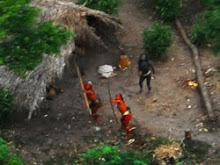
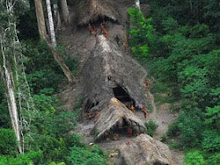











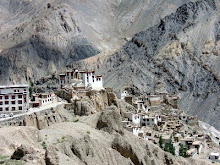







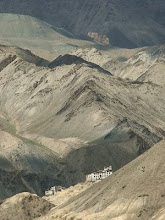

























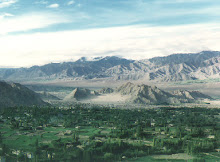

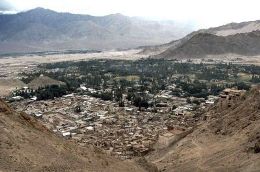
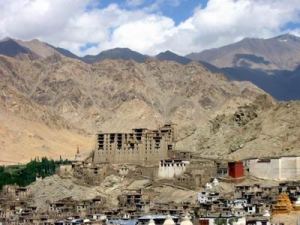




















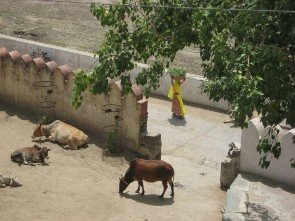


















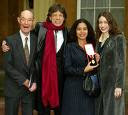


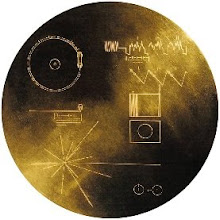












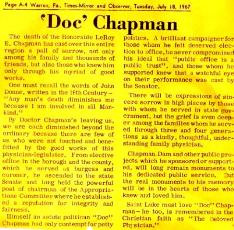

















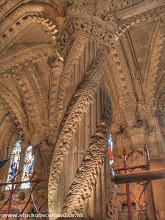
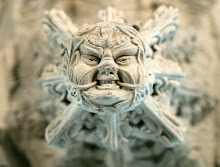


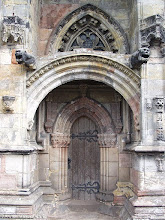

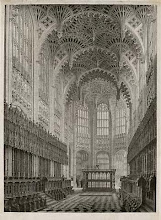



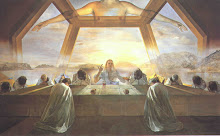











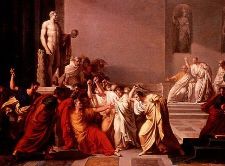














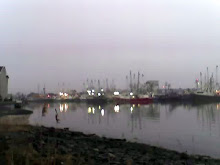















No comments:
Post a Comment